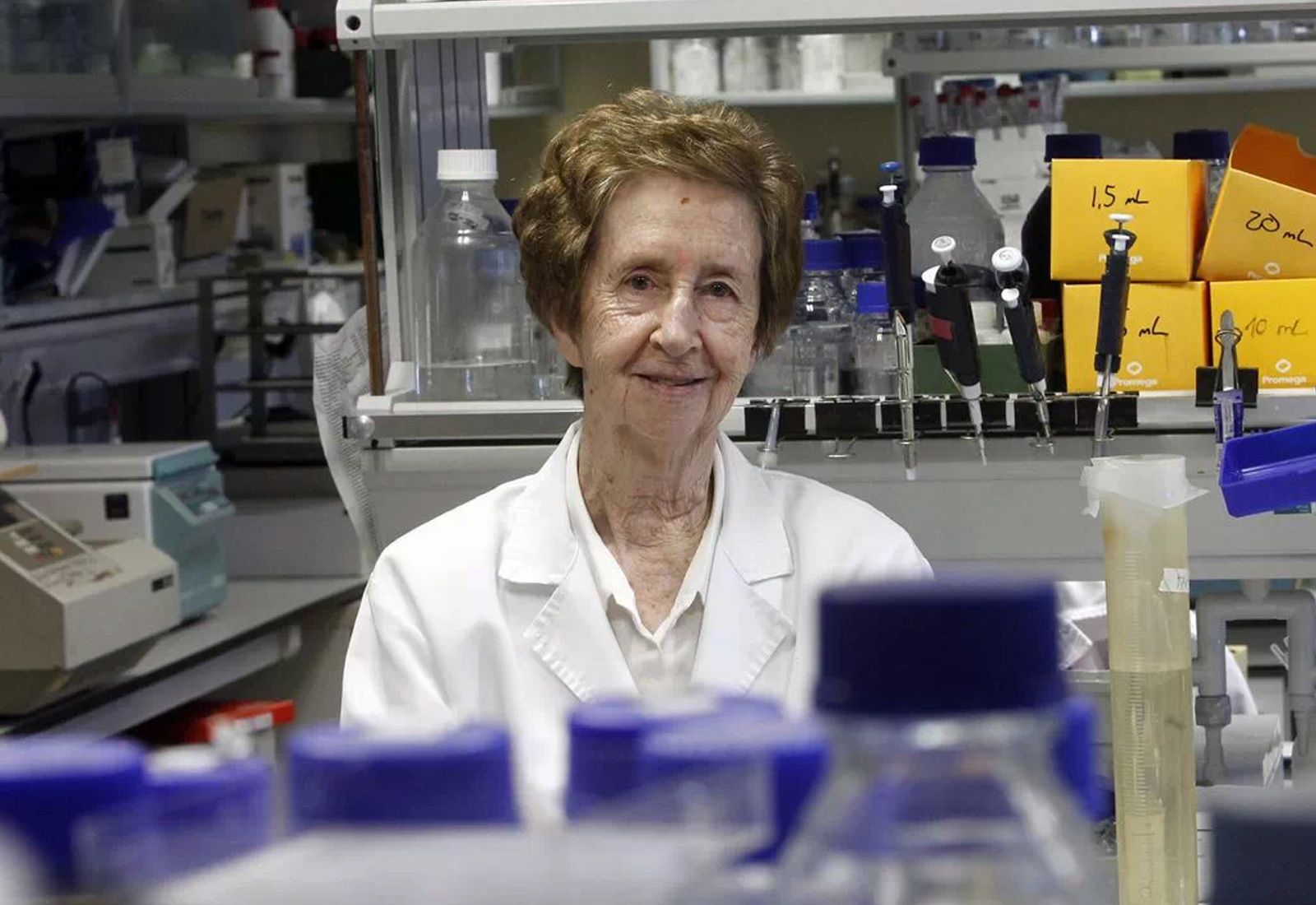PRESENTATION
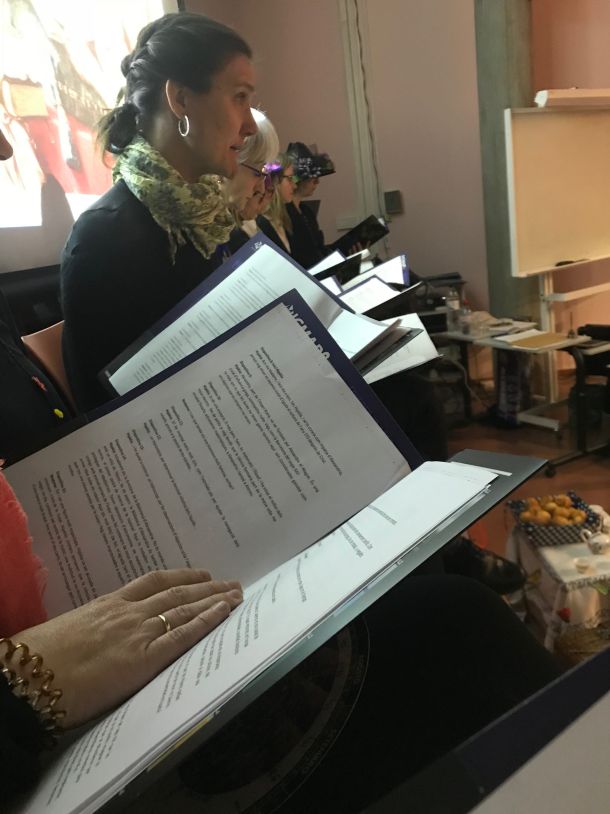
Representation in person
We opted for a representative in person, using the paper "salonière" of Émilie du Châtelet, to jump the barriers of time, bringing his room some wise women of all time. all, in a lighthearted and entertaining, but rigorous, Unveil your life and discoveries, causing concern and curiosity about science and its role in society.
This activity usually lead to a debate on the current situation of women in science, and on the scientists who are around us. The work, by format, can also add new characters, was performed by the students themselves, adapting or modifying text, and even deeper on some of the topics spoken.
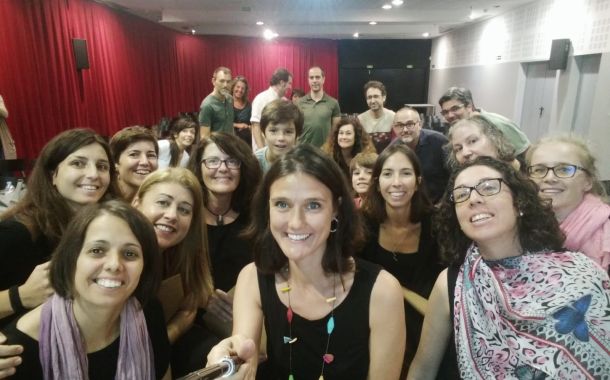
"Madame du Chatelet and its followers in Instagram"
With the aim of stimulating and promoting interest in the scientific career, and conscious of the lack of scientific references to women and their role in choosing the future of teenagers, from the Institute of Materials Science of Barcelona (ICMAB-CSIC) offers a dramatized reading, performed by staff of the center itself, which tells the story of women scientists from different periods in a pleasant and attractive format. Reading entitled "Madame du Chatelet and its followers in Instagram".
The idea came to celebrate the International Day of Women and Girls in Science (11 February) of the 2017, Since then they have made several representations in primary and secondary schools, as well as libraries, at conferences and at the same ICMAB.
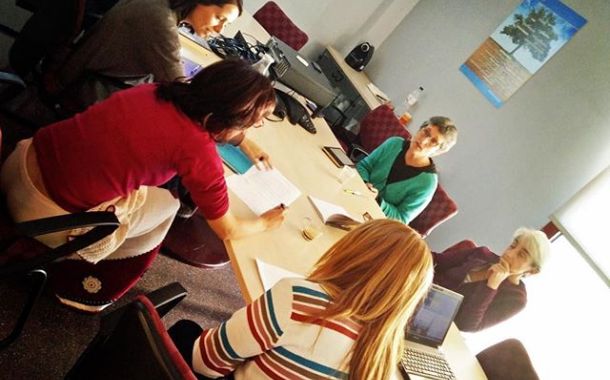
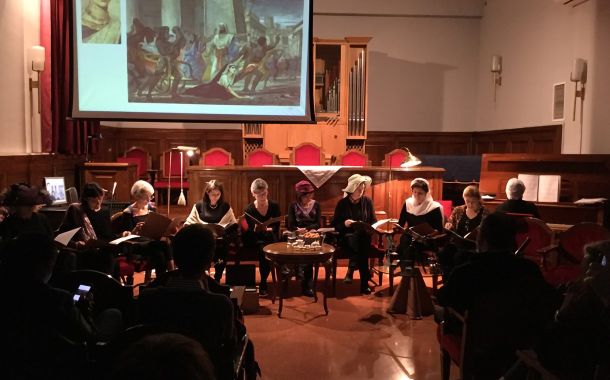
The work is well received, both among the young and among the adult audience, and see that it is useful to present the history of science and its role in many fields of science. Since ICMAB believe it is a good tool to communicate science and the role that women play, differently than usual. In addition, as are actresses center staff (most of them, scientific), break down the barriers between research centers and the general public, and is a way they can get in touch.
"Judge me on my own merits, or lack of them, But do not you consider me as a mere appendage of this great general or that renowned scholar, such a star that shines in the court of France or such famous author”
CHARACTERS
Ancient and medieval
Most of them were able to do science because they had been born in an exceptional environment for the time: Hypatia of Alexandria Library; Trota of Salerno at the University of Salerno; Hildegard von Bingen convent very young, where he could devote himself to the study ; Beatriz de Pinos being a noble and rich woman could act a certain freedom. But we are in an era where, both men and women risked their skin and probably many women doing science with interest and desire to study and understand the world were burned witches.

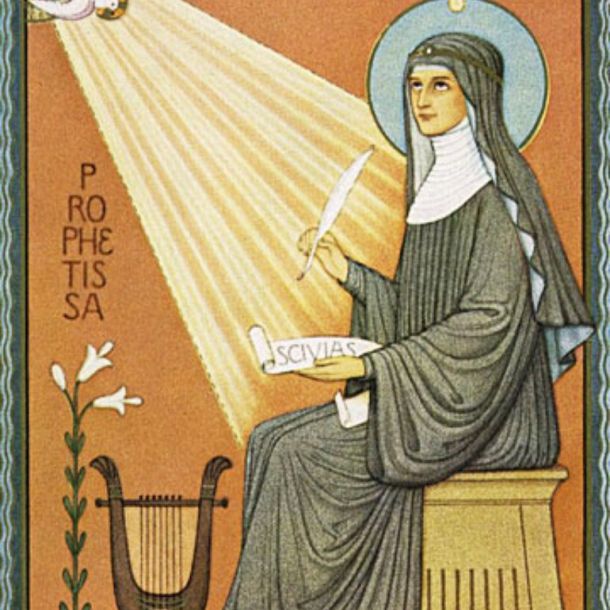
Hipàtia d’Alexandria (370-415),
Hildegarda von Bingen (1098-1179)
Trota de Salerno (s. XI-XII)
Beatriu de Pinós (1433-1485)
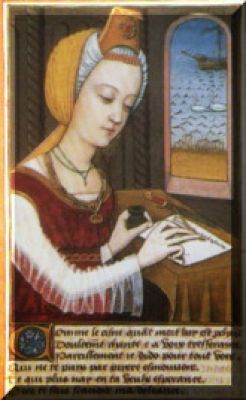
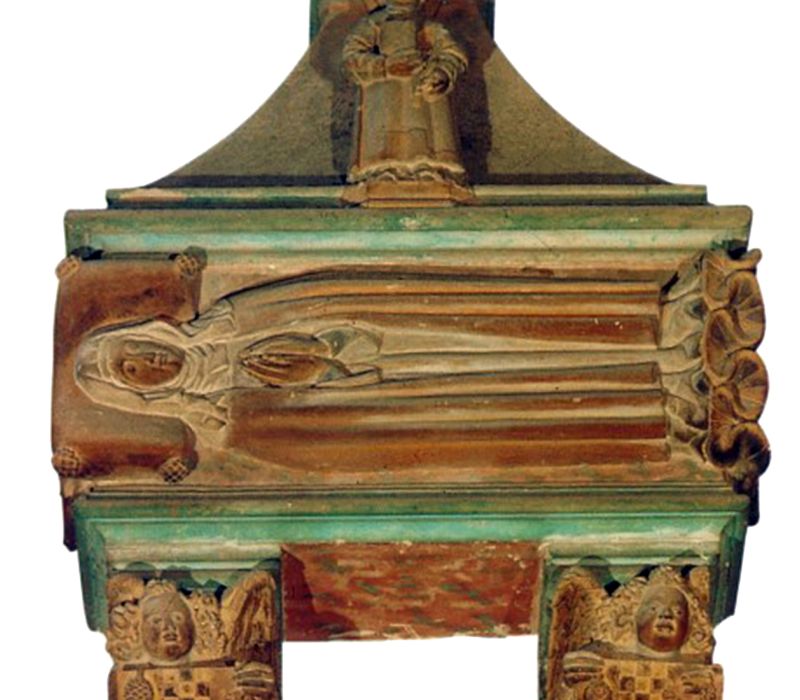
Modern age
The women (and men) engaged in science are part of the privileged classes, but they may already have tutors and learn (to home) and study. They have a certain independence once they have fulfilled their social duties, basically have children, com el case of Maria Sibylla Merian i of Émilie du Châtelet. In some cases, their discoveries and advances are recognized. In the majority of cases are associated with a man (seems, marit) which is what wins the merits, or are ridiculed as Molière for his work on "Les Femmes Savantes".
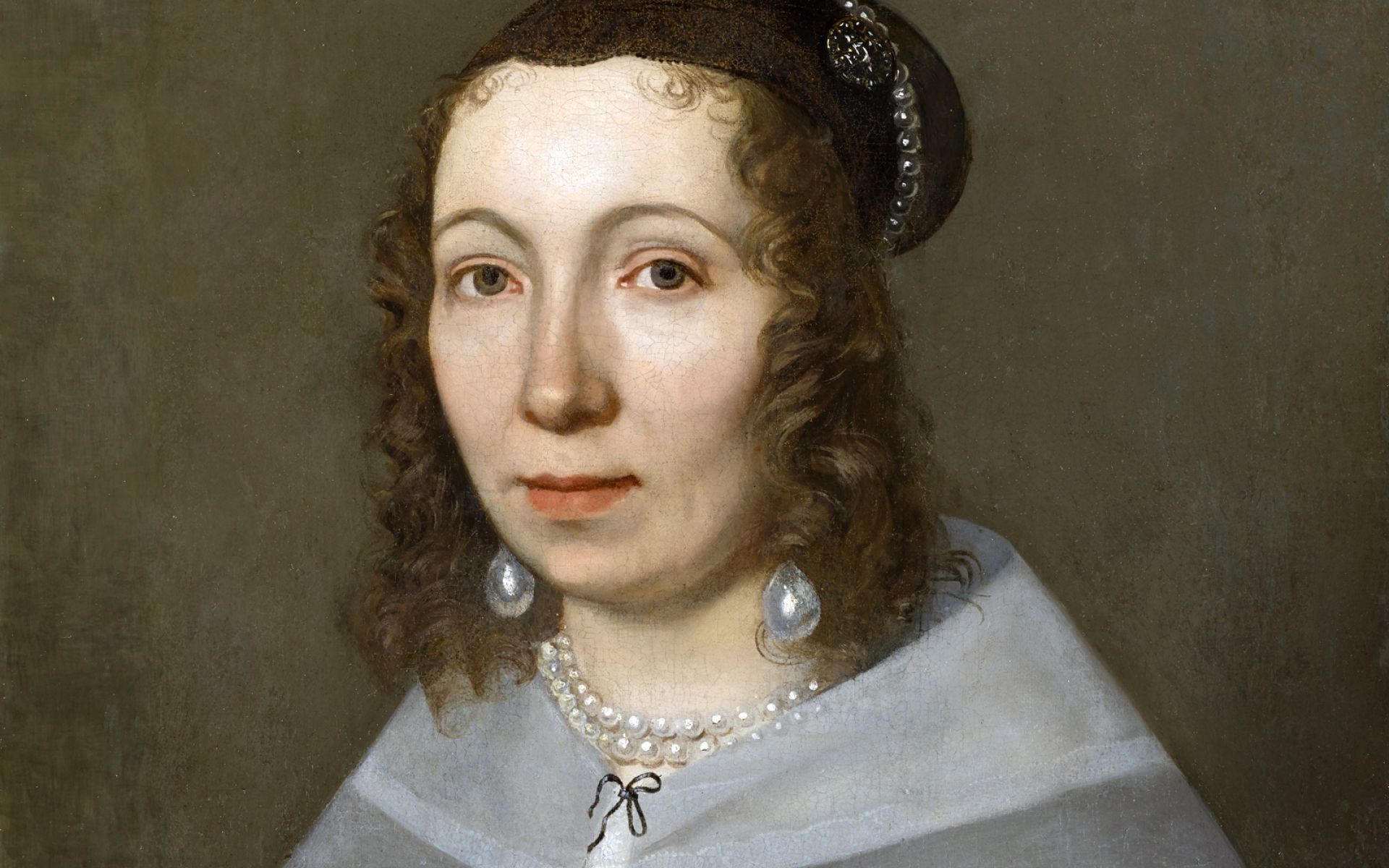

Maria Sibylla Merian (1647-1717)
Marquesa de Châtelet (1706-1749)
Contemporary age
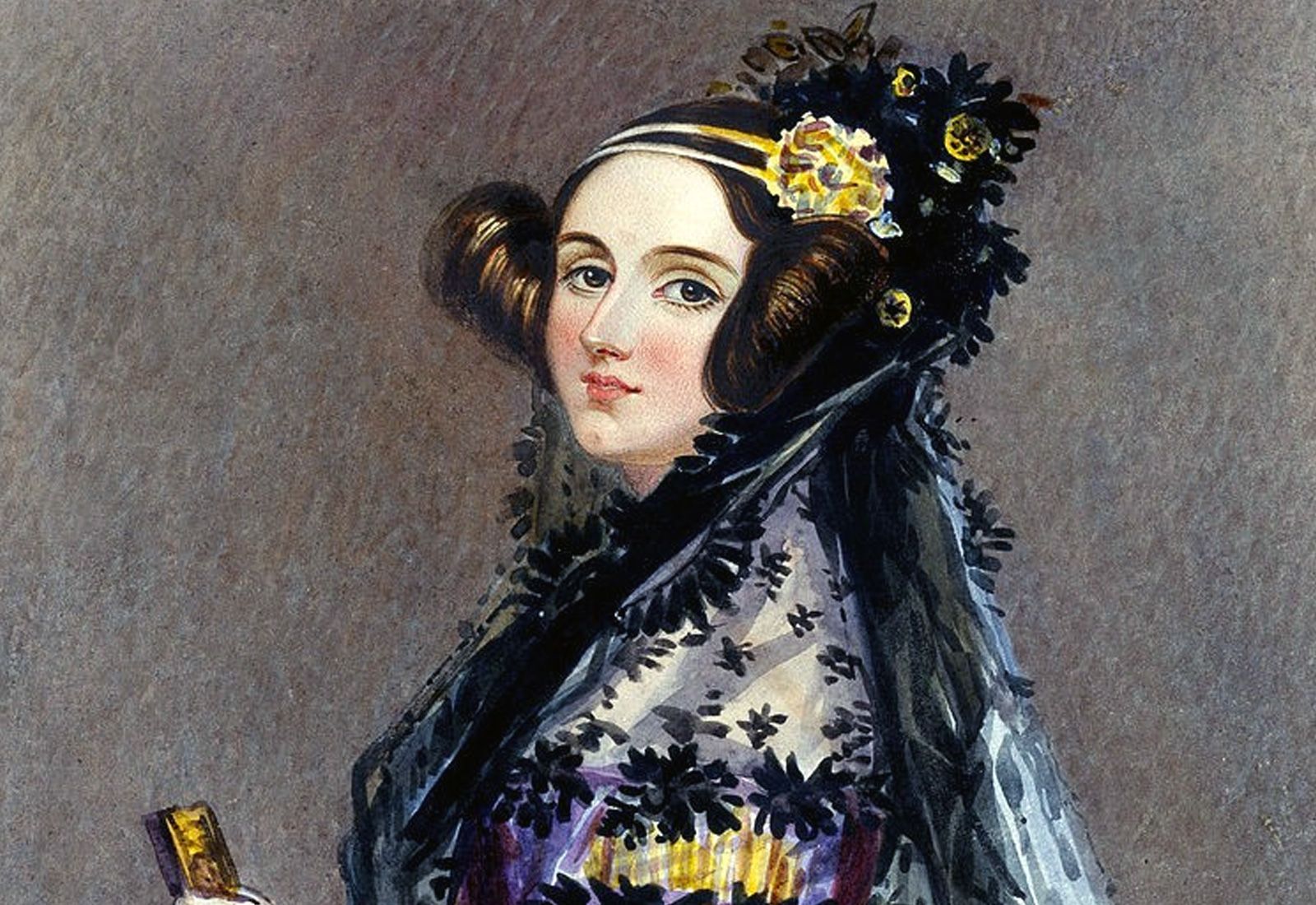
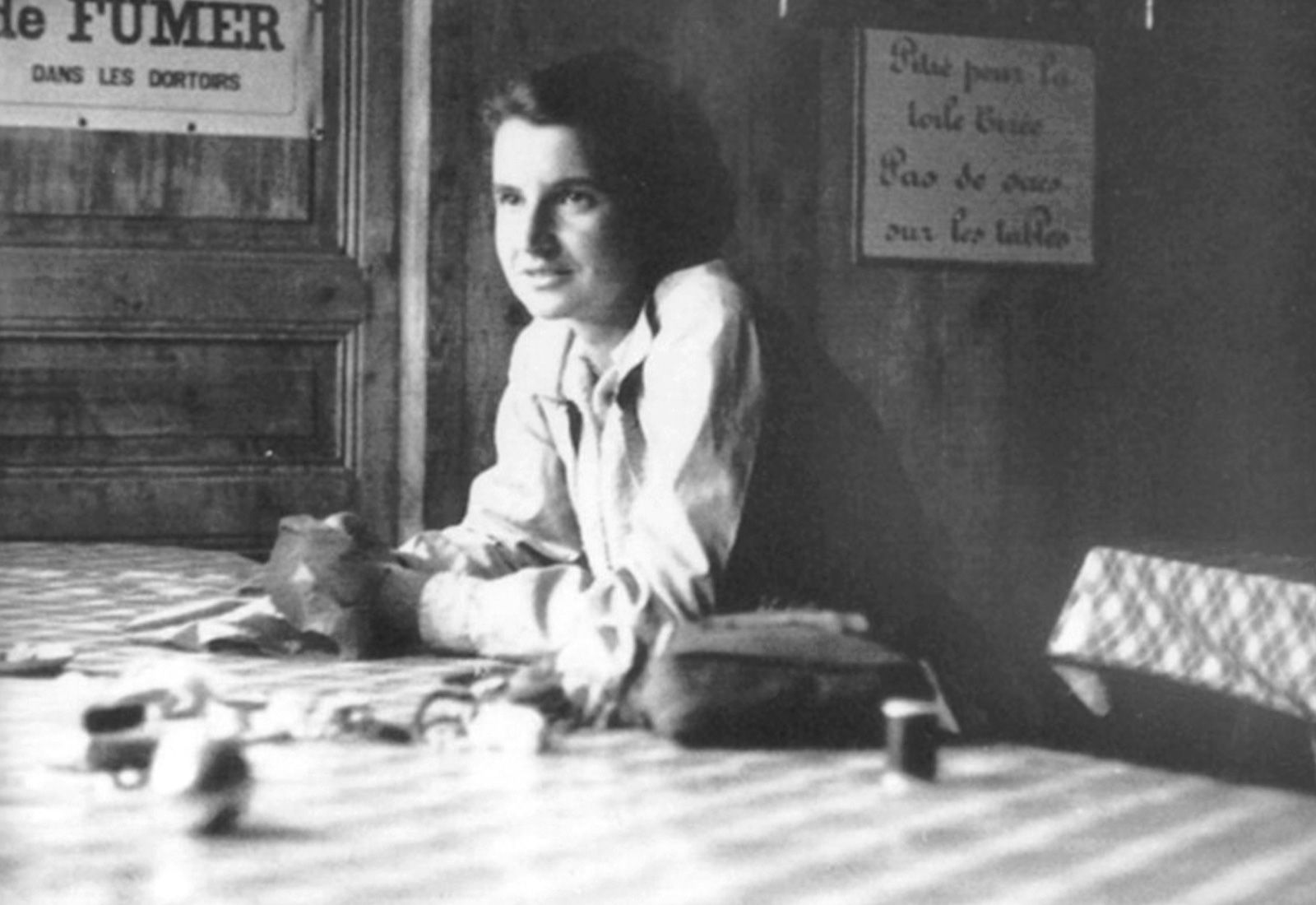
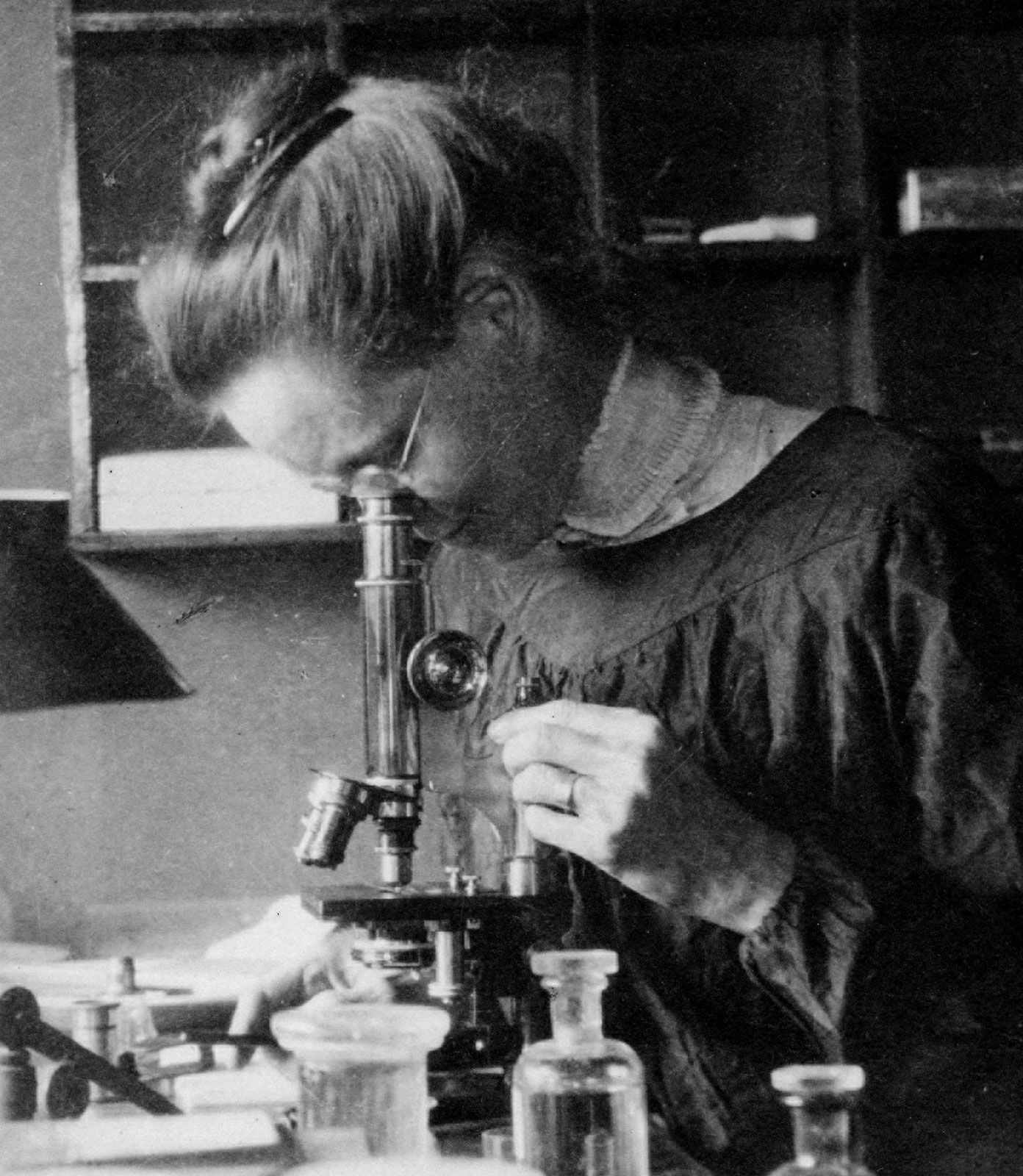
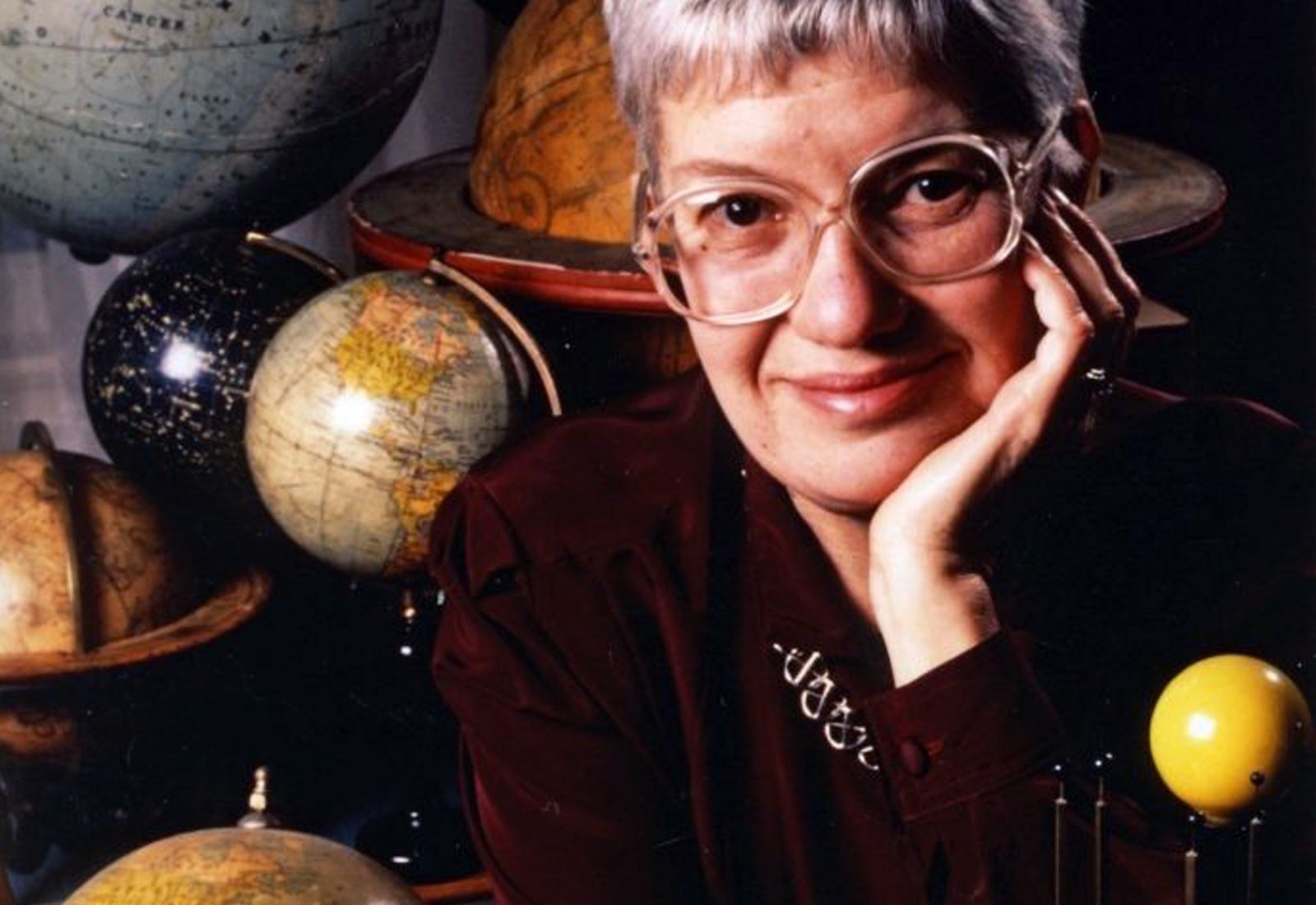
Ada Lovelace (1815-1852)
Nettie Stevens (1861-1912)
Rosalind Franklin (1920-1958)
Vera Rubin (1928-2016)
Margarita Salas (1938)
